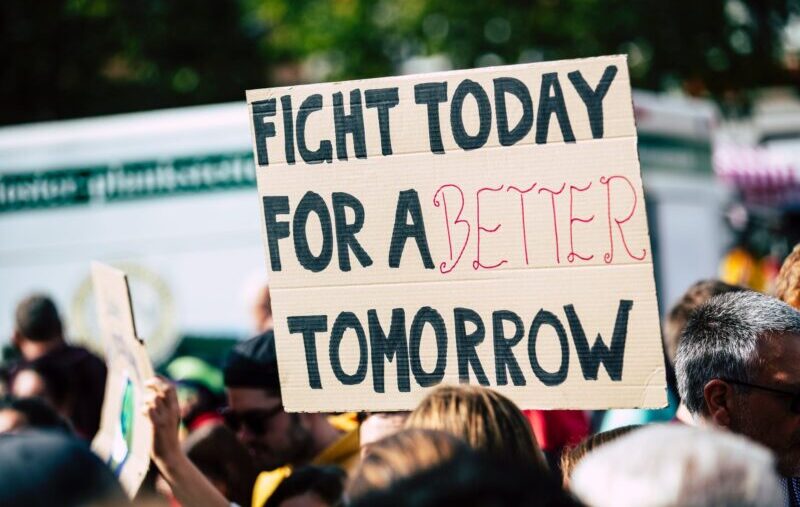This is the lead-in to an article by Jocelyn Glei called “The Top 5 Qualities of Productive Creatives (And How to Identify Them)”:
“A recent BusinessWeek article reported that, “According to a new survey of 1,500 chief executives conducted by IBM’s Institute for Business Value, CEOs identify ‘creativity’ as the most important leadership competency for the successful enterprise of the future.” While the study’s results will come as no surprise to hard-working creative professionals, they do raise an important question: How do we identify – and hire for – the qualities that add up to creativity?”
(I hope you’ll take the time to read the whole thing – you can find it here – because then the rest of this thing will make sense!)
Of course “CEOs identify ‘creativity’ as the most important leadership competency for the successful enterprise of the future.” That is old news. The bigger question for those same CEOs is whether or not they will lead the creation of environments in which those “creatives” (and every other employee) can express the full extent of their creativity. It’s almost quaint that in 2013 we’re still talking about “identifying creatives” when everyone knows that 75% of the workforce is actively disengaged. And we know that they are disengaged because, as Gary Hamel says, organizations are a “buzzkill.” They default to conformity and compliance over creation and connection.
And why is that? Because it’s a big, messy, chaotic world and our senior leaders are deeply conditioned to respond to that mess with control and constraint rather than curiosity and collaboration; to close off rather than open up; to stay safe in the spirit of preservation instead of exploring the edges in the spirit of growth and possibility.
We take for granted that finding and hiring more creative employees will lead to innovation and renewal. Shouldn’t we start to ask ourselves whether or not our organizational environments are set-up to maximize their creative output rather than demand their creative compliance?




